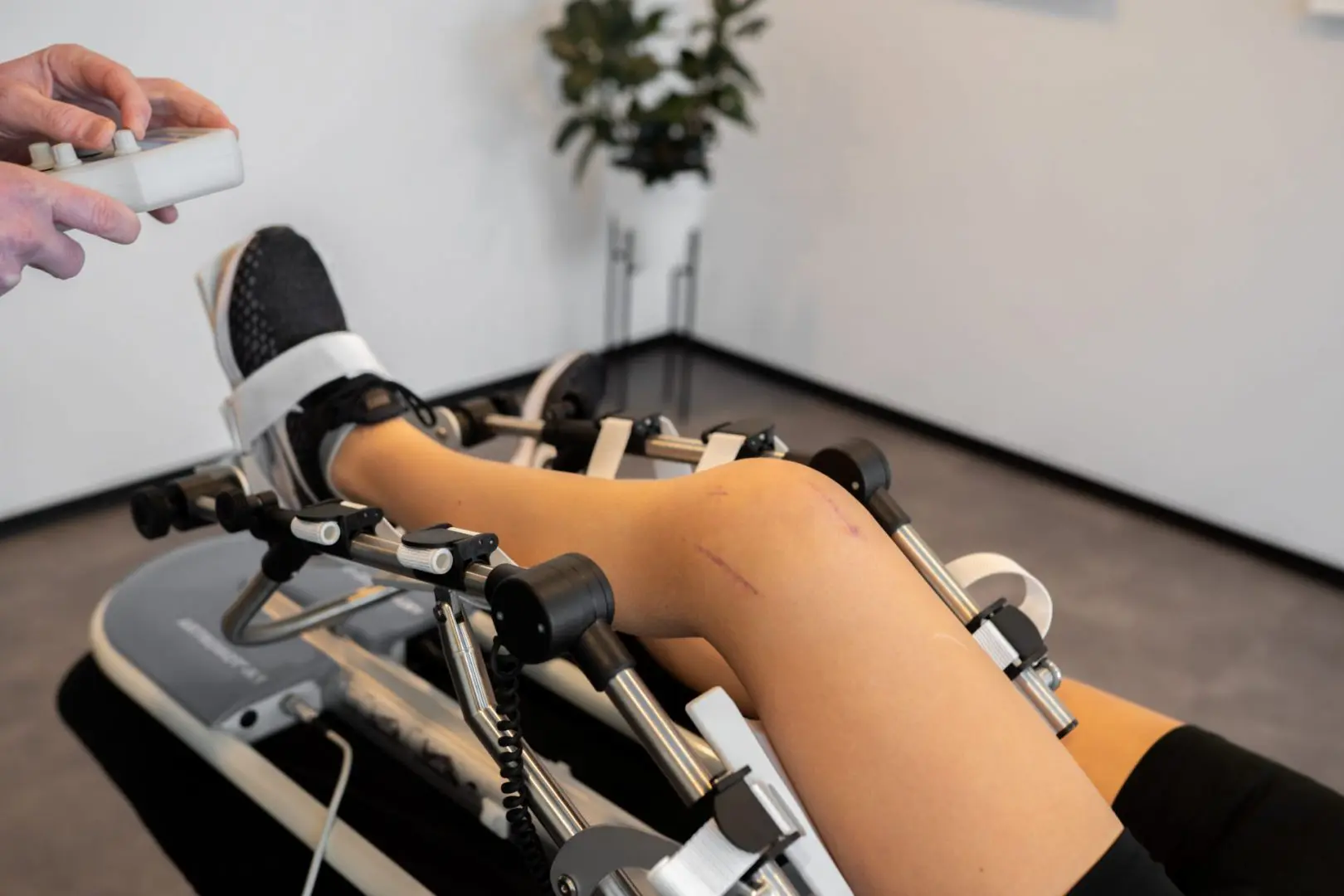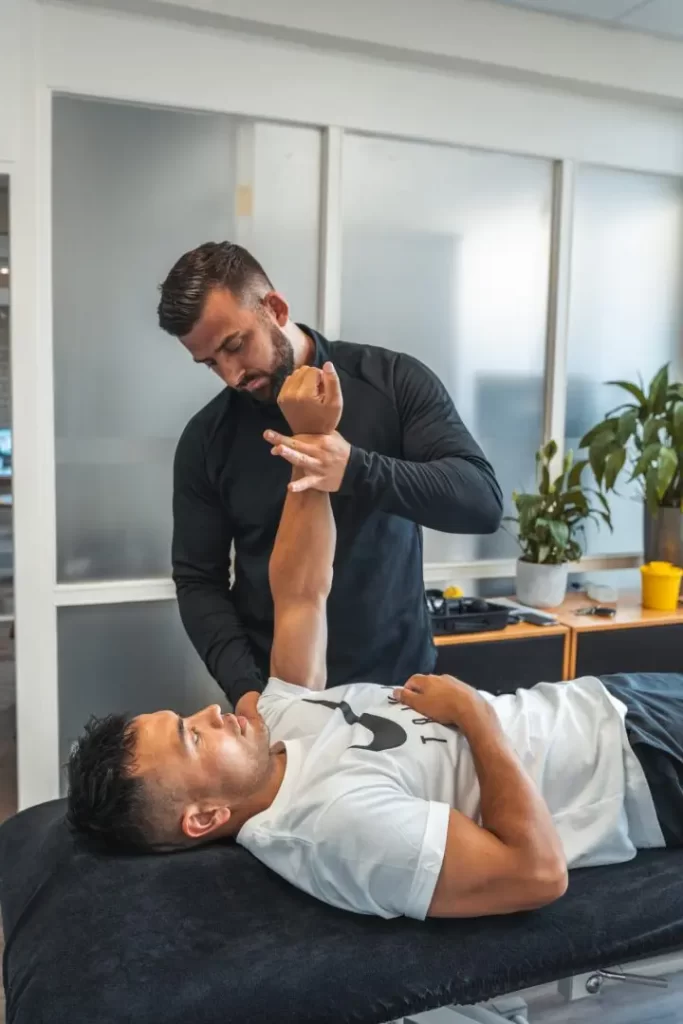Meniscopexy (meniscus suture)
On incurring a anterior cruciate ligament injury we also regularly see damage to the meniscus (shock absorber in the knee). In some cases, this is already obvious before the surgery starts by, for example, recognisable symptoms or through confirmation from the MRI taken. During anterior cruciate ligament surgery, we also always check how the rest of the knee is doing. This way we can be sure that nothing is missed that would make you have to go under the knife again later on. When it comes to the meniscus, we know of two techniques that can be used if surgical intervention is needed; cutting or suturing.

In a meniscectomy (cutting), the orthopaedic surgeon chooses to remove the damaged part meniscus to be removed by shaver. This involves removing the patches attached to the meniscus. With meniscopexy, these are sutured. The choice made depends on several factors. If at all possible, we do prefer suturing the meniscus. This is because we know that patients in whom we have removed part of the meniscus are more likely to develop osteoarthritis-related symptoms earlier in life. Mainly in the first phase of rehabilitation, there are differences between the cut and sutured meniscus. For example, a patient in whom the meniscus has been clipped may mobilise (walk) under load immediately and may use the full range of motion of the knee on pain guidance. Little difference from regular anterior cruciate ligament rehabilitation after surgery, then.
A patient in which the meniscus is sutured should be aware that the protocol looks different for the first 6 weeks. The biggest differences here are seen in walking/loading the knee and moving the knee.
After all, with a suture you may not
- Bending beyond 90 degrees for the first 6 weeks.
- Loaded walking, this goes through the following structure:
Week 1-2: tapping mobilisation (walking) with elbow crutches.
weeks 3-6: 50% loaded mobilisation (walking) with elbow crutches.
week 6+: build up to 100% loaded mobilisation (walking) and decrease use of elbow crutches guided by pain and based on good-quality gait.
Fortunately, there is plenty to work on in the first phase of your rehabilitation! This way, we can ensure that you can make progress despite the above 'restrictions'. Do you have any questions about your meniscus suture and the policies involved? Feel free to ask them!
At Fysio Fitaal Tilburg, we will help you get back on the field, track or in the gym as soon as possible! Together with our physiotherapists, you will work step by step towards a pain-free and healthy situation to get back to sports with full enthusiasm.
Do you recognise yourself in these complaints and are you looking for professional sports physiotherapy in Tilburg? Then send an e-mail to info@fysiofitaal.nl or use the contact form below.
Making an appointment at FysioFitaal
We work from multiple locations in Tilburg, always close by for professional and accessible physiotherapy. Fill in the contact form and we will contact you soon. Together, we will work on your recovery!

